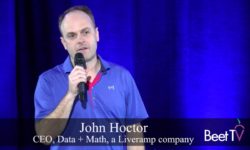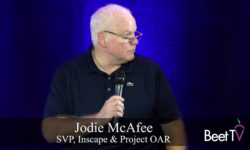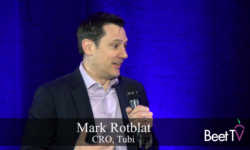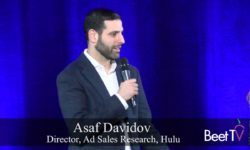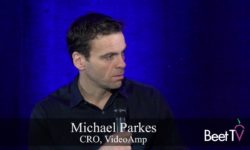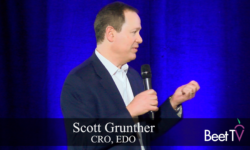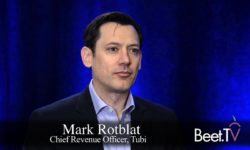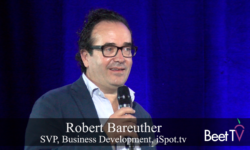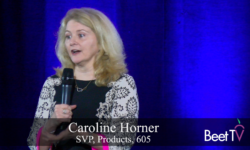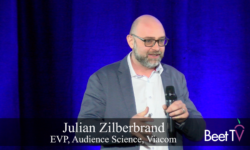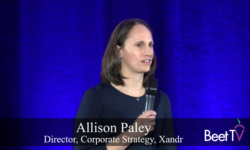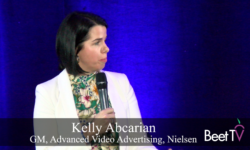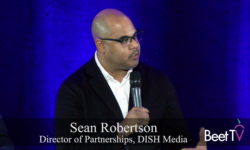SAN JUAN, PR — These days, most broadcasters are busy offering their advertising customers new ways to use their platform data to better target audiences.
But what about advertisers who want to do the same across the whole TV and video landscape?
That need has become priority #1 in the new TV industry, as a raft of new initiatives and consortia launch to harmonize, pool and smooth the path to unified audience data and broader footprint scale.
in this video interview with Beet.TV, Caroline Horner, SVP of product management at 605, a technology company helping advertisers use data to better target TV ads, explains the blocker and the opportunity.
“Each MVPD doesn’t have a full look on a consumer,” she says. “Each digital (publisher) doesn’t have a full look at what all the television assets that people view. So it’s really important for folks to contribute all of their data together to form these partnerships.”
Horner says two concerns have held broadcast and video platforms back from pooling audience data:
- Straight-up consumer privacy issues.
- Uncertainty over the exposure of their data in an open marketplace.
But Horner says: “There are now many different ways of solving for privacy and for obfuscating any contribution from a single data source when you have a collaboration.
“This idea of grabbing on the data, holding onto it and not putting it into the pot to improve television advertising is sort of antiquated at this point. You might as well make money from it. When everything’s together, then you can understand how your data will not be seen and worked against you.”
605 provides aggregate set-top box and automatic content recognition (ACR) from 21 million households. It combines viewing data from
- Charter Communications’ Spectrum cable subscribers.
- Inscape, the company taking actual viewing data from Vizio TVs using automatic content recognition (ACR)
“What we’re doing at 605 is creating an environment so the various constituents can actually define the permissions that are being associated with their data,” Horner adds.
“Contribute your data, but you still decide on how it’s used, you decide on the level of obfuscation, you decide on how it collaborate, how it is commingled with other datasets.”
Horner was interviewed by TV[R]EV co-founder Alan Wolk at Beet Retreat San Juan 2020, where she was a participant.
This video was produced at the Beet Retreat San Juan 2020 sponsored by 605, DISH Media, NBCU, Roundel & Tubi. For more videos from the series, please visit this landing page.






